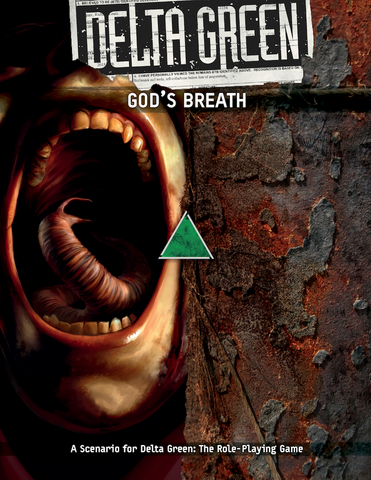Shadowrun Cyberpunk; Dark; Political; Tactical Combat; Team-Based; Character Customization; Heist
Shadowrun is a tabletop role-playing game blending cyberpunk, urban fantasy, and crime elements. Set in a near-future world where magic has re-emerged, it explores corporate warfare, technological advancements like cyberware, and the return of mythical creatures. The game revolves around 'shadowruns,' missions undertaken by deniable assets for corporations and other entities. While the core mechanics have seen revisions across editions, the game's unique setting and themes continue to attract players. This report delves into the game's core aspects, including its setting, mechanics, unique elements, and target audience.
Theme and Setting
Shadowrun's setting is a dystopian near-future, typically decades ahead of the current year, where magic has returned. This 'Sixth World' sees the emergence of mythical beings and magical abilities alongside advanced technology like cybernetics and the Matrix (a global computer network). Megacorporations wield immense power, often surpassing that of nation-states, and engage in corporate warfare. The world is populated by humans and metahumans (orks, trolls, elves, dwarves), some of whom are awakened and can wield magic. Seattle is a common location and under US control by treaty as a city-state enclave.
The game master presents the setting and situations, and players interact with the story and other characters, building their own high adventure stories in each session. The setting proactively twists and shapes the universe as sourcebooks are released.
Core Mechanics and Rules
Shadowrun's core mechanic revolves around a six-sided dice system. Earlier editions utilized a target number system where players rolled dice based on their skill level, aiming to meet or exceed the target number. The number of successful dice determined the degree of success. Fourth Edition and later versions shifted to a system where players roll a pool of dice based on their skill and attribute, counting the number of 'hits' (typically 5s and 6s) to surpass a threshold. This system also introduced the concept of 'glitches,' where rolling too many 1s results in negative consequences.
The game is skill-based, offering archetypes like street samurai (cyberware-enhanced warriors), deckers (hackers), riggers (vehicle/drone controllers), magicians, and faces (social manipulators). Character creation involves allocating points or prioritizing different aspects like race, magic, attributes, skills, and resources. Essence, representing a character's life force, is diminished by cyberware and other augmentations, impacting magical abilities. Karma or Edge points are earned and spent to improve skills, reroll dice, or gain advantages.
What Makes Shadowrun Unique
Shadowrun's uniqueness lies in its seamless blend of cyberpunk and fantasy elements. Unlike traditional cyberpunk settings, magic is a tangible force, shaping society and technology. This fusion allows for diverse character concepts and storylines, ranging from corporate espionage to dealing with mythical creatures. The game's focus on shadowruns â covert missions against corporations and other powerful entities â provides a framework for intrigue, action, and moral ambiguity.
Another distinguishing factor is the setting's evolution over time, with in-game events and metaplots impacting the world and creating a dynamic and reactive environment. The game's exploration of social and political themes, such as corporate power, social inequality, and cultural identity, adds depth and complexity to the gameplay experience.
Target Audience and Player Experience
Shadowrun attracts players interested in cyberpunk, fantasy, and crime genres. The game offers a complex and detailed world with extensive lore, appealing to those who enjoy immersive role-playing experiences. Its skill-based system and diverse character archetypes allow for creative character development and varied playstyles. Some perceive it as puzzle solving with a goal to escape unharmed, avoiding conflict when possible.
Different playstyles exist. Some players are drawn to the combat and the weapons and magical elements. Despite its complexity, Shadowrun offers a rewarding experience for players willing to invest time in learning its rules and exploring its setting. Experienced players can adapt to any given playstyle to create a game that is enjoyable for all involved.



